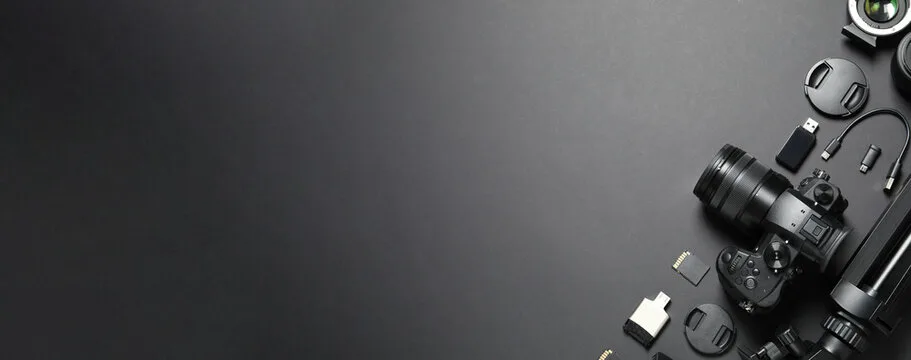
Blog
Creative Uses of PTZ Cameras in Live Productions
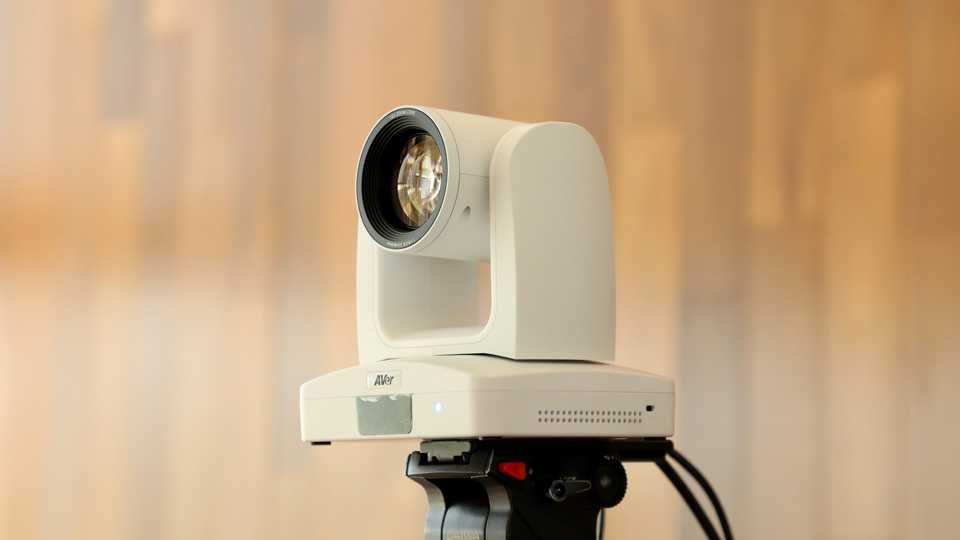
Creative Uses of PTZ Cameras in Live Productions
The internet is saturated with video content, making it increasingly difficult to stand out—even if you’re sharing valuable information or telling a compelling story. With higher expectations for viewer engagement, it’s no longer just about having access to technology. Today, creativity is what truly sets you apart. Whether you’re broadcasting, live streaming, or recording a production, remotely controllable PTZ (pan-tilt-zoom) cameras can elevate your production quality and captivate your audience. Used widely in reality TV, sports, music festivals, and professional content creation, these four innovative strategies are proven, powerful, and ready for implementation.
Tall Spaces
There’s a reason many PTZ cameras support ceiling mounts. Installing them on panels, trusses, walls, or poles allows you to capture stunning high-angle shots that enhance production value and help establish spatial context for the viewer. However, rigging cameras at height can be risky—so always use safety cables, review setup instructions thoroughly, and ideally have someone assist you. While mounting a PTZ camera close to the action may resemble a security cam view—capturing mostly the tops of heads—placing it slightly further back still lets you maintain facial visibility. If you plan to zoom from a distance, choose a camera with a strong optical zoom and a 1” sensor to avoid noisy or smudged footage from a small sensor.
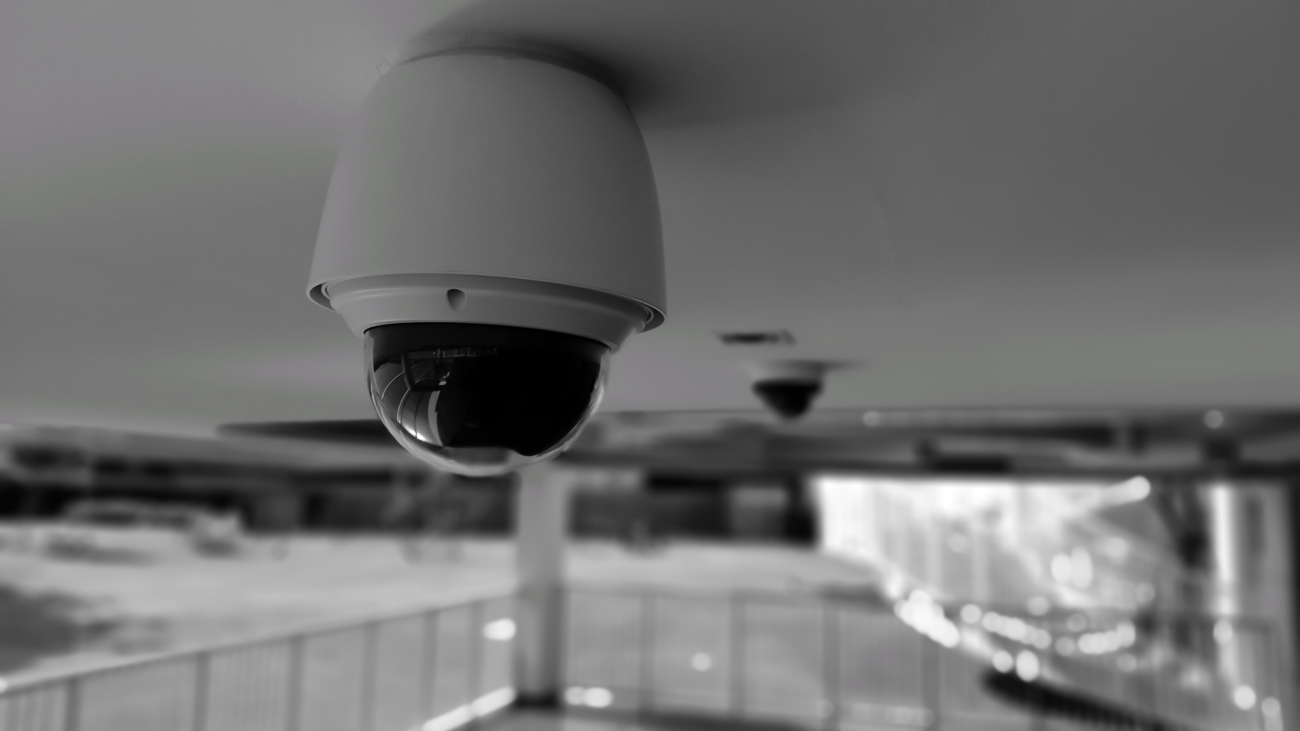
Tight Spaces
Placing PTZ cameras in tight corners and hard-to-reach spots lets you fully embrace remote operation while offering viewers fresh, unconventional perspectives. Stairwells, cramped areas, or lighting rigs are usually problematic for operators—but with a PTZ, you can still pan, tilt, and zoom with ease.
Creative Uses of PTZ Cameras in Live Productions
Knowing your space well (and having extra cameras) can go a long way. Today’s audiences are used to standard wides, mediums, and close-ups. What grabs attention now are shots like “under-the-stage trapdoor” or “high-up-in-the-tree.” If you can run an Ethernet cable to it, you can put a PTZ there—just be prepared for some creative mounting work.
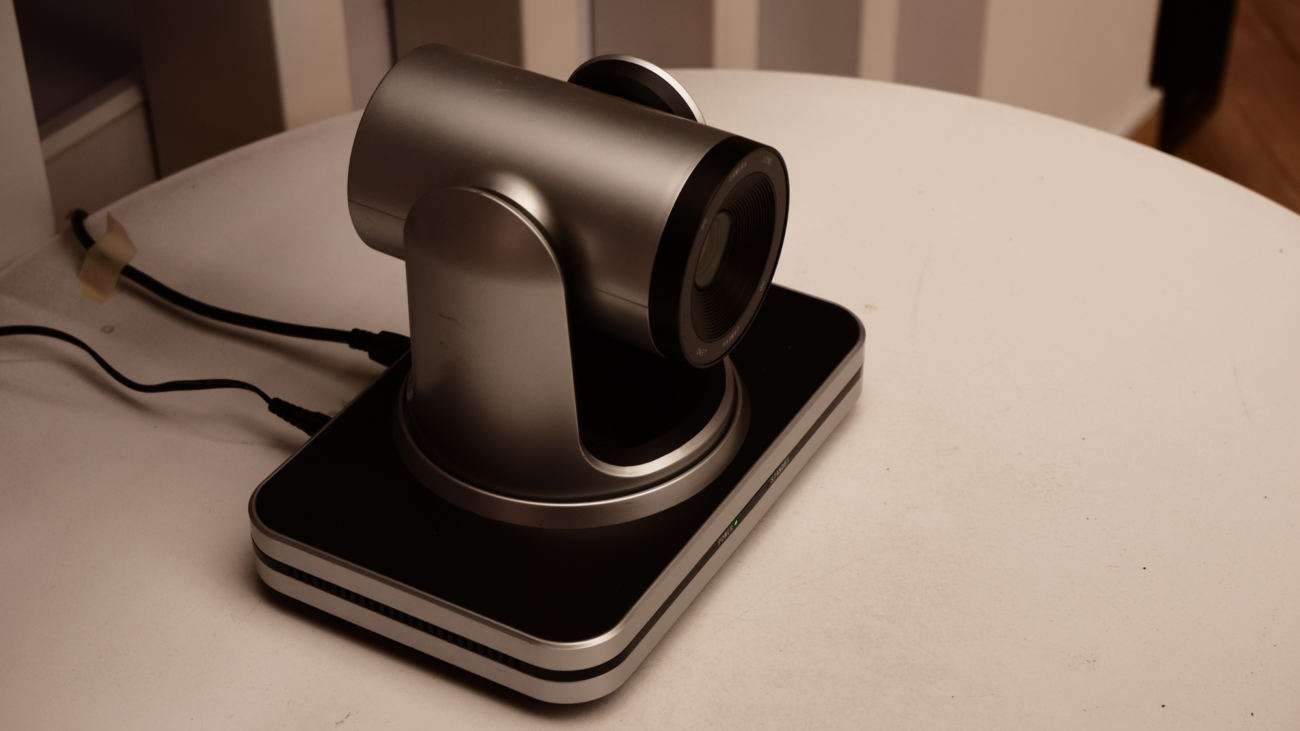
Evolving Spaces
If your subject or environment is dynamic, your camera can be too. While many PTZs are installed in fixed positions, they can also be mounted on dollies, gimbals, cranes, jibs, or electronic pedestals to add motion and dimension to your shots. Although most PTZs aren’t completely wireless and require at least one cable, they’re generally smaller and lighter than traditional cinema cameras—making them more adaptable to mobile rigs. Since they don’t need to be manually operated, PTZs allow flexible repositioning during a shoot. Move them where needed, then remotely adjust pan, tilt, and zoom to get the perfect shot.

Secure Spaces
PTZ cameras share many characteristics with security cameras and can be used in environments where traditional cameras might fail—like high heat, extreme cold, or near pyrotechnics. With proper protective housing, PTZs can continue operating while still offering full remote control. Unlike standard cameras, which often become static once enclosed for protection, a PTZ in its shell remains adjustable. As long as your cabling and camera are safely shielded, you’ve effectively created a remotely controllable action cam—one with better zoom and a larger sensor. No need for operators to risk interference during messy cooking shoots, intense sports events, or hazardous reality TV challenges.
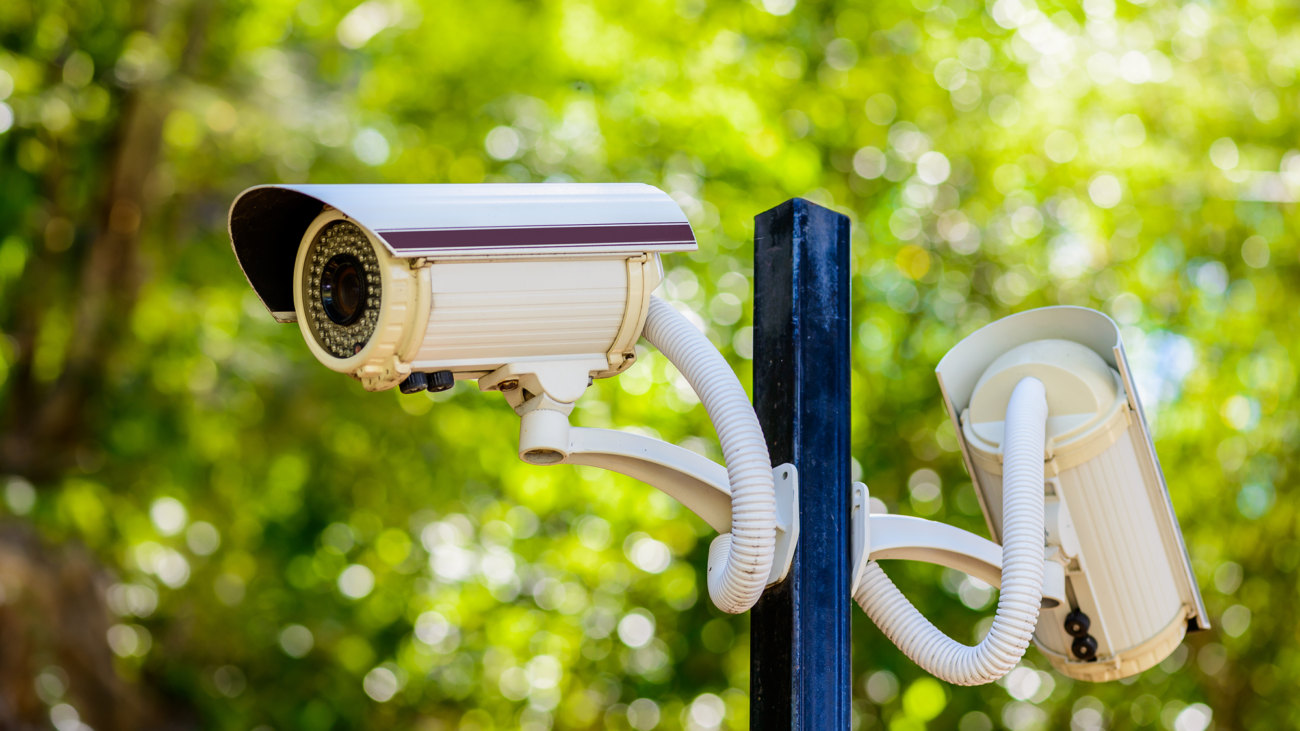
What are your favorite creative ways to use PTZ cameras? Let us know in the comments section below!
 Cinema Cameras
Cinema Cameras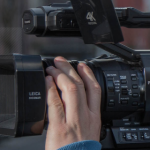 Pro Camcorders
Pro Camcorders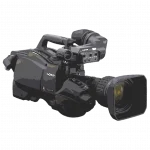 System Cameras
System Cameras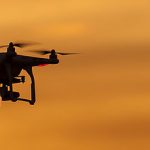 Drones
Drones